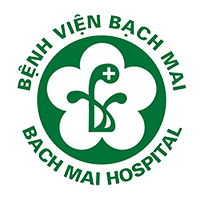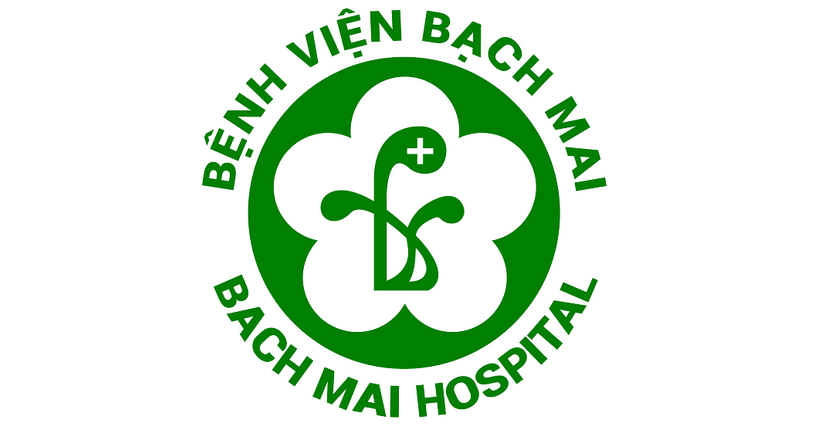Bệnh viện bạch mai * Bach Mai Hospital
Tạp chí Y học lâm sàng * Journal of Clinical Medicine
Website : www.jocm.vn Email : jocm@bachmai.edu.vn Phone : +84947040855
Development and implementation of a triage station at one of the largest hospitals during the peak of the third wave of COVID-19 in Vietnam
- Mã bài báo : 11.EN.03
- Ngày xuất bản : 30/11/2023
- Số trang : 25-30
- Tác giả : Nguyen Quoc Thai
- Lượt xem : ( 1420 )
https://doi.org/10.52322/jocmbmh.11.en.03
ABSTRACT
The Coronavirus disease 2019 (COVID-19) pandemic has greatly impacted healthcare systems and healthcare workers worldwide. Vietnam responded quickly to the epidemic with effective strategies, yet hospital-based transmission remained a major concern. Bach Mai Hospital (BMH) in Hanoi is the largest hospital in northern Vietnam. During the third wave beginning January 2021, BMH implemented an aggressive triage strategy to prevent nosocomial spread. All patients/caregivers were screened and tested for SARS-CoV-2 regardless of symptoms, a major change from testing only symptomatic individuals. This aimed to detect asymptomatic infections which may transmit the B.1.1.7 variant driving this wave. The triage clinic stratified people into risk groups, quarantined higher risk individuals in separate rooms, and restricted hospital entry. Capacity was expanded to handle increased volume. Within one month, over 3,500 people were screened with nearly 3,000 tests performed. Two positive cases were detected, and no nosocomial transmissions occurred despite the more transmissible variant. Challenges included overflow from at-risk individuals not isolating locally, resource waste from prolonged restrictive measures, and lack of effective vaccination. A cost-effectiveness evaluation could inform strategies for resource-limited settings. In conclusion, the triage clinic with expanded testing criteria helped prevent nosocomial spread and protect hospital patients and staff. This model may guide other resource-limited countries to control pandemic spread in healthcare settings. The findings support aggressive testing and monitoring to contain more transmissible variants. Continued evaluation is needed to balance infection control with service maintenance and cost.
Keywords: COVID-19, triage, nosocomial transmission, Vietnam
- DOI : 10.52322/jocmbmh.11.en.03
- Chủ đề : Infectious Diseses
- Loại bài báo : Viewpoints
- Chuyên nghành : Preventive Medicine
 Thông tin liên hệ : Doan Thu Tra
Thông tin liên hệ : Doan Thu Tra Email : thutraart@yahoo.com
Email : thutraart@yahoo.com Địa chỉ : School of Medicine and Pharmacy, Vietnam National University Hanoi
Địa chỉ : School of Medicine and Pharmacy, Vietnam National University Hanoi
- Từ khóa :
- COVID-19
- triage
- nosocomial transmission
- Vietnam
Bài báo liên quan
- Lower mortality rate of COVID-19 vaccinated patients admitted to a large intensive care center during the outbreak caused by SARS-CoV-2 Delta variant in Vietnam
- The status of equipment, human resources, and professional capabilities in COVID-19 diagnosis and treatment at the COVID-19 Intensive Care Center under Bach Mai Hospital and its satellite hospitals
- Pre-operative anxiety and perceptions of illness uncertainty among parents of child with operation at the center of ear, nose, throat and cochlear implantation, Hanoi Medical University Hospital
- The current situation of depression, anxiety, stress, and associated factors among Medical Laboratory Technology students of Bach Mai Medical College in 2022
- Effectiveness of combination of modern teaching methods in nursing training at Thai Binh Medical College
- Compliance with the AIDET communication model and patient satisfaction with the nursing student’s communication at Bach Mai Medical College in 2022
- Genomic characteristics of SARS-COV-2 infection in the COVID-19 patients treated at the National Hospital for Tropical Diseases in the period of 2021-2022
- Student’s feedback in pre-clinical intergrated teaching activities of instructors and associated factors
- Computed Tomography Perfusion (CTP) and The Alberta stroke program early CT score (ASPECTS) as predictors of favorable outcomes in acute ischemic stroke patients following mechanical thrombectomy
- Incidence rate and risk factors of central venous catheterization-related infection among patients at the intensive care unit in Vinh Phuc General Hospital
- Development and implementation of a triage station at one of the largest hospitals during the peak of the third wave of COVID-19 in Vietnam
- Telemedicine during the COVID-19 pandemic: Benefits, challenges and future directions
- A review of 10 years of college-level training at Bach Mai Medical College and vision for developing Bach Mai University of Medicine
Bài viết mới nhất
- Tạp chí YHLS BVBM được phê duyệt mức điểm 0,75 trong Danh mục tạp chí khoa học được tính điểm năm 2024 của HĐGSNN
- Thư mời gửi bản thảo cho số tiếng Anh năm 2023 của Tạp chí Y học lâm sàng
- Chúc mừng Ngày Báo chí Cách mạng Việt Nam 21/06
- Giải thưởng Đặng Văn Chung: Tôn vinh giá trị sáng tạo và Nghiên cứu khoa học
- Quy định về định dạng bài báo theo định dạng chuẩn quốc tế

 File toàn văn
File toàn văn



